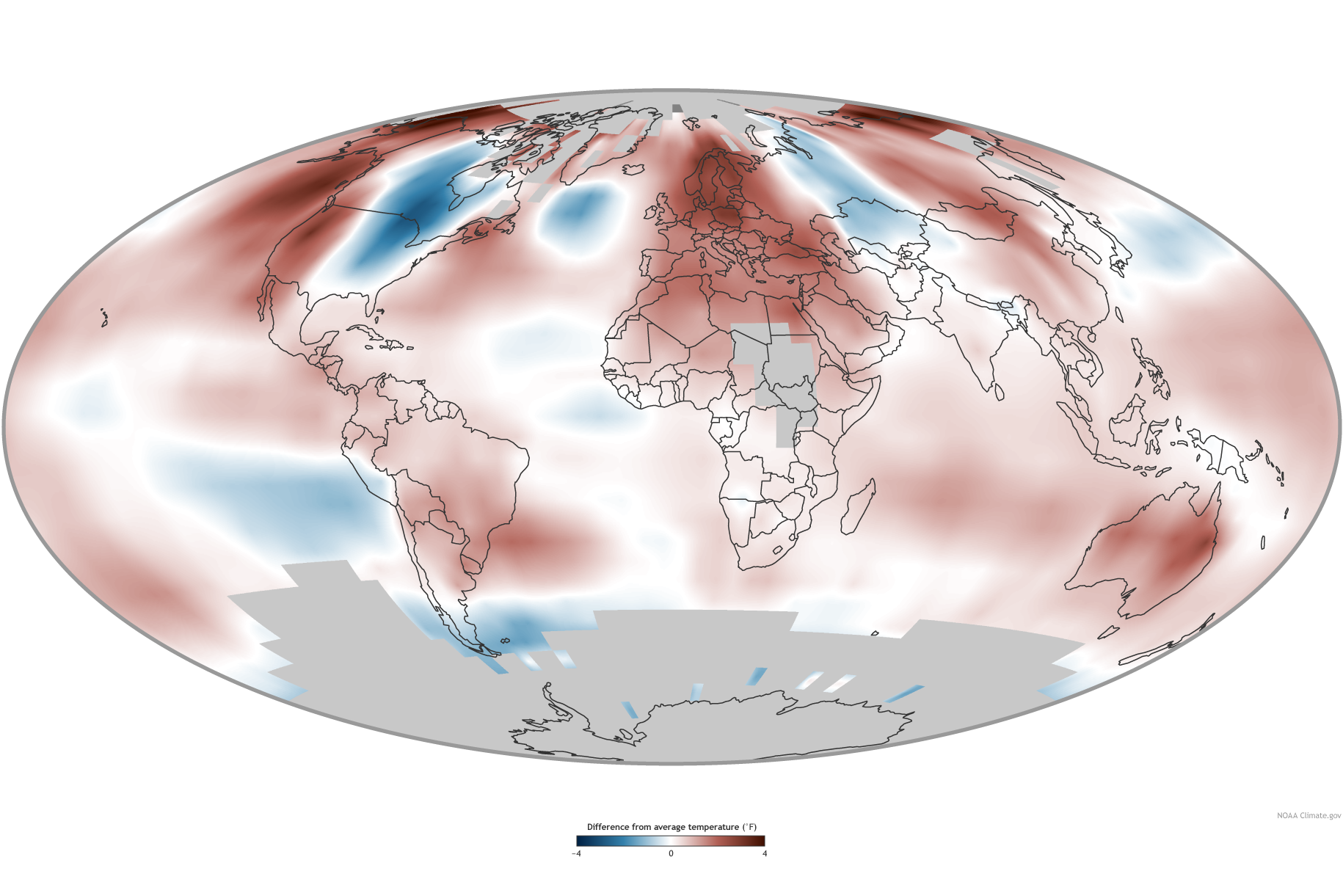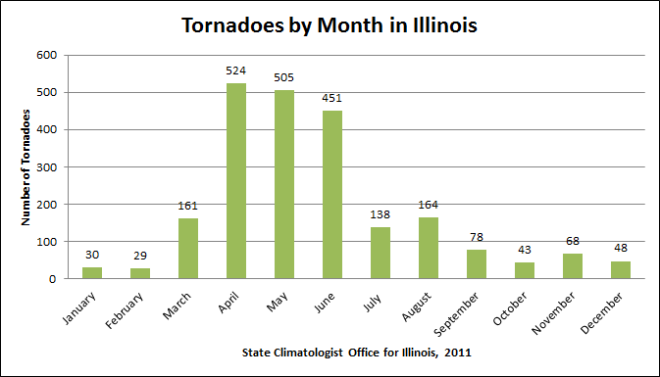The statewide average temperature for February was 18.6 degrees. That is 12.3 degrees below the 1981-2010 average and the 7th coldest February on record. By comparison, February 2014 was 9th coldest at 19.5 degrees.
Here are some amazing statistics for Chicago. February was tied with 1875 for the coldest on record, according to the Chicago National Weather Service. The average temperature for February was 14.6 degrees, 13.1 degrees below average. In addition, it was the 10th coldest month overall on record. February snowfall in Chicago was the third largest on record with 26.8 inches, 17.7 inches above average.
Snowfall for February in Illinois was widespread and well above average. Amounts of 15 to 20 inches were common in western and northern Illinois and 10 to 15 across central Illinois and parts of far southern Illinois. This was 8 to 12 inches above average in many locations. See maps below. Click to enlarge.
Some other February snowfall totals from around the state:
- Chicago Midway AP: 28.3 inches
- Rockford: 14.7 inches
- Peoria: 12.8 inches
- Quincy Lock and Dam: 11.2 inches
- Springfield: 22.6 inches
- Champaign-Urbana: 12.4 inches
- Bloomington-Normal: 13.0 inches
- Carbondale: 6.0 inches
The statewide average precipitation (rain plus the water content of snow) for February was 1.5 inches, 0.5 inches below average. Most of the state received 1 to 2 inches of precipitation, except for far southern Illinois which got 2 to 3 inches. See the second batch of maps for precipitation and precipitation departures from average.
Continue reading “February – 7th Coldest on Record for Illinois”




